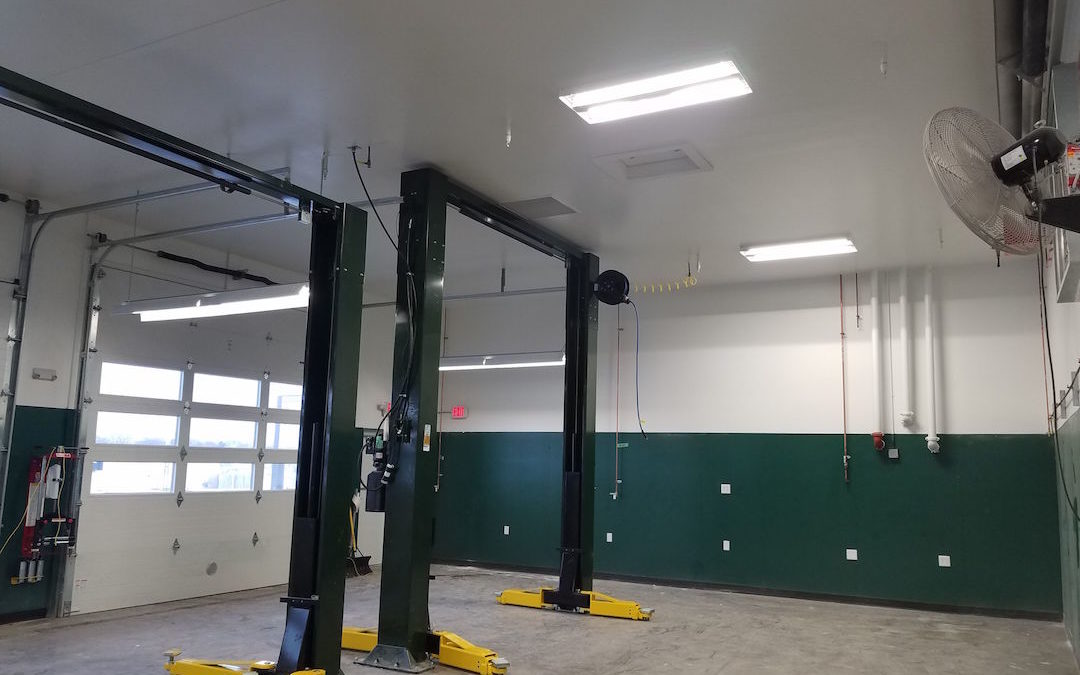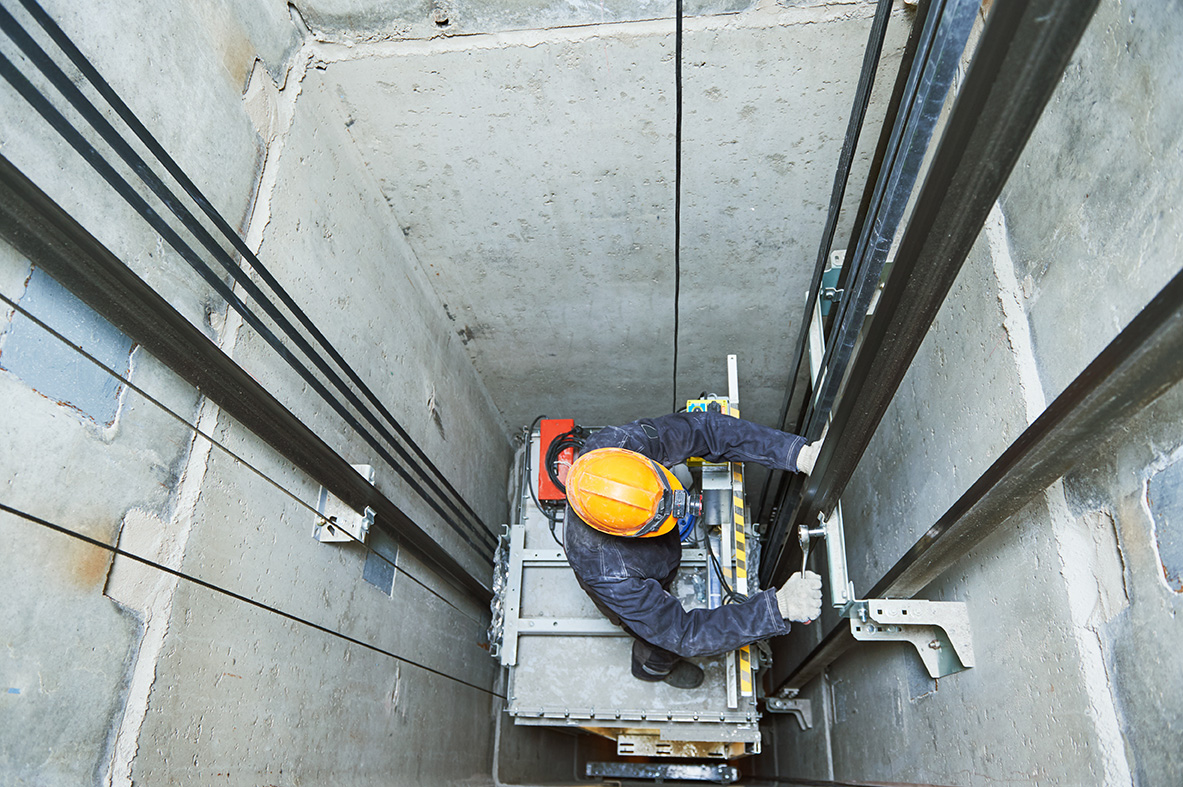Crucial Factors to Consider for Elevator Maintenance
When it comes to the safe and efficient operation of elevators, taking into consideration essential maintenance variables is extremely important. Lifts are detailed systems that need careful attention to information to function accurately. From routine evaluation routines to sticking to appropriate lubrication methods, each element plays a crucial function in making sure the elevator's longevity and security. Neglecting these maintenance techniques can lead to unexpected downtime, security risks, and pricey repair work. It is crucial for building managers and upkeep employees to remain ahead of these elements to support the elevator's performance standards and compliance needs.
Normal Examination Schedules

Carrying out regular evaluations not only boosts the overall performance of the elevator yet likewise plays an important duty in adhering to safety policies and sector standards. It makes sure that the elevator runs efficiently, decreasing the threat of unanticipated failures that could trouble owners or compromise security. In addition, regular assessments add to prolonging the lifespan of the lift devices, inevitably reducing upkeep prices and downtime.
To enhance the evaluation procedure, lots of structure owners companion with certified lift upkeep firms that specialize in carrying out complete analyses and providing punctual maintenance solutions. By prioritizing regular examination timetables, stakeholders can maintain the security, reliability, and efficiency of their lift systems.
Proper Lubrication Techniques
Efficient lubrication methods are important for keeping the ideal efficiency and longevity of elevator components. Proper lubrication techniques play a crucial function in preventing wear and tear on moving components, decreasing friction, and making sure smooth operation of the lift system. When it concerns elevator upkeep, using the ideal lubes in the appropriate amounts at the suggested intervals is vital to preventing pricey repair services and minimizing downtime.
To make sure correct lubrication, lift professionals must adhere to manufacturer guidelines concerning the type of lube to be used for certain parts such as bearings, gears, and guide rails - lift maintenance company. Over-lubrication can draw in dirt and debris, resulting in component malfunctions, while under-lubrication can trigger raised friction and early wear. On a regular basis set up lubrication maintenance ought to be consisted of in the general lift upkeep strategy to keep the system running effectively and safely
Checking Tear and use
Proper lubrication techniques are essential in helping with the early detection and tracking of deterioration on elevator parts. Regular lubrication helps in reducing friction in between relocating components, preventing excessive wear and prospective malfunctions. Checking wear and tear goes past just lubrication. Lift maintenance employees ought to carry out regular inspections to recognize indicators of endure essential parts such as ropes, sheaves, overview rails, and bearings. These inspections may include aesthetic checks, measuring wear limits, and utilizing analysis tools to analyze the problem of critical components. Furthermore, maintaining comprehensive upkeep documents can help in tracking the wear patterns of lift parts with time, permitting anticipating upkeep planning. By carefully keeping an eye on damage, maintenance groups can deal with concerns proactively before they rise right into pricey repair work or unexpected downtime, ensuring the efficient and risk-free procedure of the elevator system.

Safety Conformity Checks
Carrying out detailed safety and security compliance checks is essential in making certain the elevator system meets all operational demands and governing criteria. Safety and security conformity checks entail a comprehensive exam of various parts such as emergency brakes, door sensing units, interlocks, and electric systems to guarantee they are functioning properly. Routine inspections by certified professionals assist determine prospective safety risks before they rise into significant concerns, guaranteeing the safety and security of click to investigate guests and conformity with industry laws. These checks additionally entail confirming that the elevator's capacity limits, rate, and emergency interaction systems remain in line with safety requirements. In addition, adherence to security compliance checks can avoid crashes, reduce liability dangers for building proprietors, and prolong the lifespan of the lift system. By focusing on safety compliance checks as part of routine maintenance, structure supervisors can support a safe and efficient vertical transportation system for occupants.
Emergency Situation Feedback Planning
Because of the critical significance of safety compliance sign in maintaining elevator systems, a robust emergency response planning technique is paramount to quickly and properly address unanticipated occurrences. lift maintenance london. Emergency reaction planning for elevators entails aggressive procedures to make sure the safety and security of passengers and upkeep workers in case of emergency situations such as power blackouts, entrapments, More Help or mechanical failures
Secret parts of an effective emergency situation feedback plan include developing clear interaction procedures, offering regular training to staff on emergency procedures, preserving current emergency call listings, and performing routine drills to practice feedback actions. In addition, it is necessary to have actually designated personnel responsible for working with emergency reactions and ensuring that needed equipment, such as emergency lights and interaction devices, remain in working order.
Conclusion
In final thought, it is important to focus on routine assessment timetables, appropriate lubrication strategies, monitoring damage, safety compliance checks, and emergency action preparation for lift upkeep. By implementing these essential variables, building owners can make certain the safety and security and performance of their lifts, eventually lowering the risk of malfunctions and crashes. Consistent maintenance methods are crucial for lengthening the life-span of elevators and ensuring the wellness of people who rely upon them for transport.
Regularly set up lubrication upkeep ought to be consisted of in the total elevator maintenance strategy to keep the system running efficiently and safely.
Lift maintenance personnel must carry out regular evaluations to recognize indications of wear on crucial parts such as ropes, sheaves, overview rails, and bearings. Additionally, keeping helpful hints in-depth maintenance documents can assist in tracking the wear patterns of elevator elements over time, allowing for predictive maintenance preparation. By carefully checking wear and tear, upkeep groups can address concerns proactively before they intensify right into pricey repairs or unexpected downtime, guaranteeing the effective and safe procedure of the lift system.
